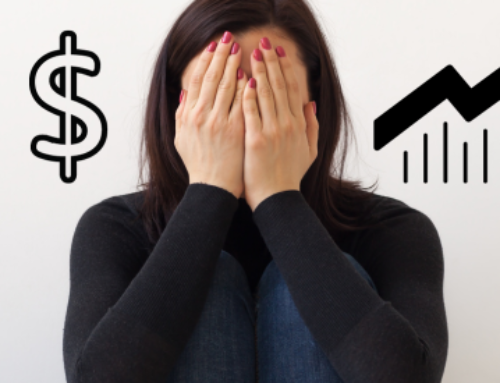Great question! – I think a lot of people are wondering this too. I don’t believe in timing the stock market; however, December and January have specific attributes that the other months of the year just don’t have.
So, let’s talk about that.
For those of you that regularly invest in the equity markets, you may have noticed that your portfolio always takes a bit of a hit at the end of November. This is due to the month-end pension fund portfolio rebalancing done by large mutual fund companies and institutional managed accounts. Typically, markets are always headed into a bit of a soft patch towards the Christmas season, and we should expect a slight pullback. Often viewed by advisors as the “sweet-month,” this is usually a good time to put money into the market to continue to build a higher return anticipated to come in the new year. We expect a 1-2.3% pullback this month and for those that have not contributed yet to their RRSP or your TFSA, now would be the time to continue putting money into the market to work for you next year in 2023. If we look at the past as an example, December tends to gain strength towards the end of the month as we go into January, with an average monthly gain expected to be 1.67% this year. The odds still favour a small “up” month-end price increase, despite the inauspicious last few months and possible looming recession.
Another thing to keep in mind if you are thinking of investing at the end of the year is the “January Effect,” which is often viewed as a seasonal increase in stock prices. Since 1928, analysts have been tracking stock movement and have found that the S&P tends to rise on average 60.5% of the time in January alone. Analysts who have studied this theory (economic data of market trends from 1905 to 2005) speculate that January has a 4-6 times greater increase in stock performance than any other month during the year. One theory is that many investors tend to sell high-year-end stock in December due to capital gains tax and then purchase weaker stock picks in January. It is my view that year end selloffs tend to attract January buyers interested in low price deals which then in turn drive the stock up again. Investors usually know that the drop in stock prices in December is not based on corporate fundamentals, but rather tax loss harvesting, and therefore prices get driven up abnormally higher in January due to buying frenzies.
I am the first to suggest that you should never try to “time the market” when planning to invest, however the stats from
tracking December to January buy/sell movements over the last 100 years, speak volumes. Talk to your advisor. This new year in 2023, with all the concerns of food supplies, inflation, unemployment, and the war in Ukraine, has been predicted by economists to only have a nominal increase of approximately 1.7% to the global GDP. While I agree that this is indeed low based on previous years, it is not too bad. This is the time to “tuck-in,” and make that financial plan and spending budget for next year. The markets will be choppy in the coming year so if you can, invest with your advisor to capitalize on buying opportunities. For others, it is now the time to finally pay off your debts, lines of credit, personal loans and financed toys and vehicles. I know many believe that saving isn’t easy and for some impossible.
Send me your financial questions and I will try to help (info@askthemoneylady.ca).
You can do this!
Good Luck & Best Wishes,
ATML - Christine Ibbotson






Leave A Comment